ON THE AIR: Road Ecologist Highlights Wildlife Crossing Structures Advancements

On February 25, Road Ecology Program Manager Rob Ament was a guest on Top of Mind with Julie Rose, a BYU Radio program. For a feature segment on wildlife crossings, Rob discussed how crossing structures are designed, how they make roads safer for both animals and motorists, and where the newest structures are being built, […]
In the News: Ennis Traffic Calming Project Featured in Local News
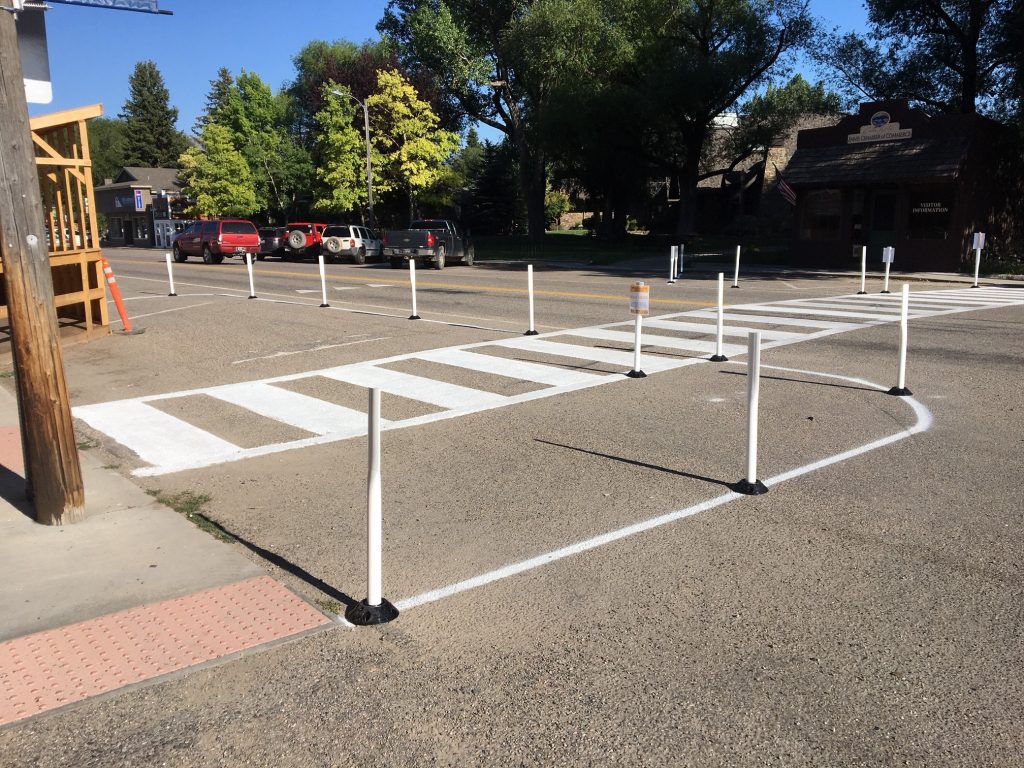
The Madisonian, a newspaper for Montana’s Madison Valley, reports on a completed WTI research study in a recent feature article. “Traffic calming data released” summarizes the findings of a traffic calming project in Ennis, Montana, for which WTI and the Montana Department of Transportation collaborated on a “pop-up” installation of curb extensions and other strategies […]
In the News: Traffic and Transit Magazine Showcases Rural Research Roadmap Project
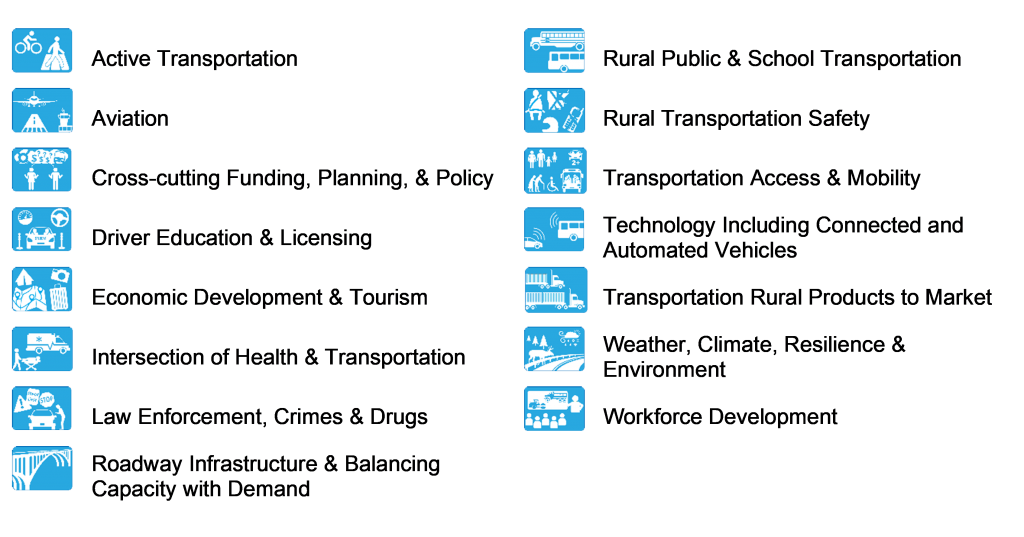
An NCHRP project led by WTI is the focus of a current feature article in Traffic and Transit, a national transportation publication. “Mapping the Future of Rural Transportation Research” highlights the development of the Research Roadmap for Rural Transportation Issues (NCHRP 20-122), which will provide a detailed, long-term agenda for research aimed at improving rural […]
IN THE NEWS: WTI Road Ecologist Offers Insights Into Utah Project

In 2018, the Utah Department of Transportation completed the state’s largest wildlife crossing, which traverses six lanes of traffic on Interstate 80. The crossing structure made the news again last week, when research footage captured deer, moose, elk, bears, bobcats and a variety of smaller mammals using the bridge. In news coverage by Smithsonian Magazine, […]
NEW REPORT: Innovative Strategies to Reduce the Costs of Effective Wildlife Overpasses
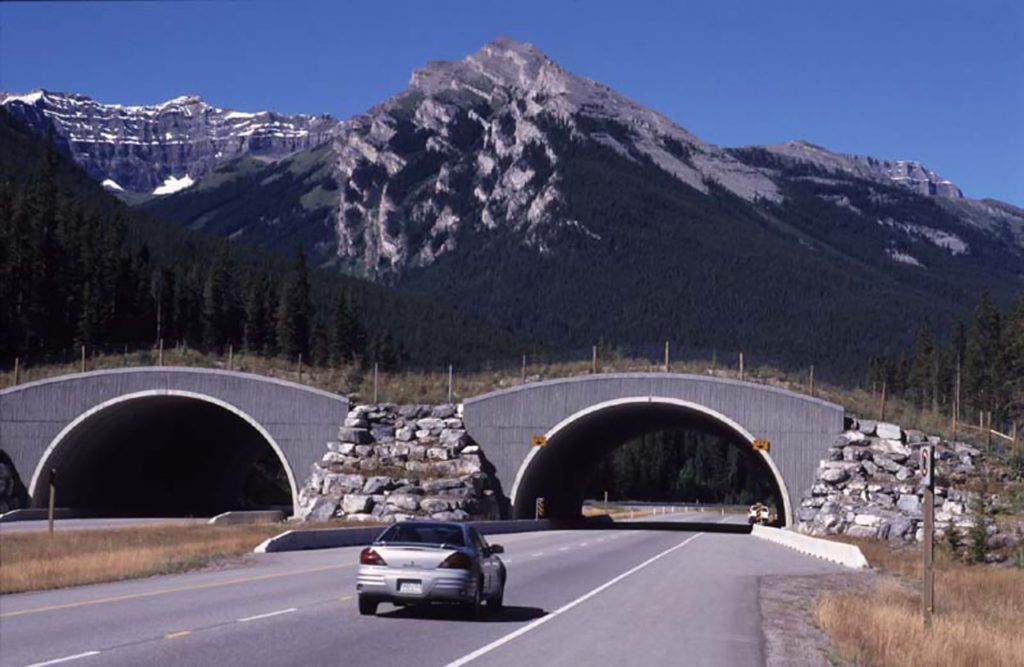
The U.S. Forest Service has released a new report authored by wildlife crossing experts from WTI, ARC Solutions, and other partner research organizations, which compiles key guidance information that may lead to the installation of more wildlife crossing structures. Wildlife crossing structures are one of the most effective means of reducing animal-vehicle collisions on highways, […]
INTERNATIONAL OUTREACH: Researchers Highlight Mobility Issues at UNESCO Conference
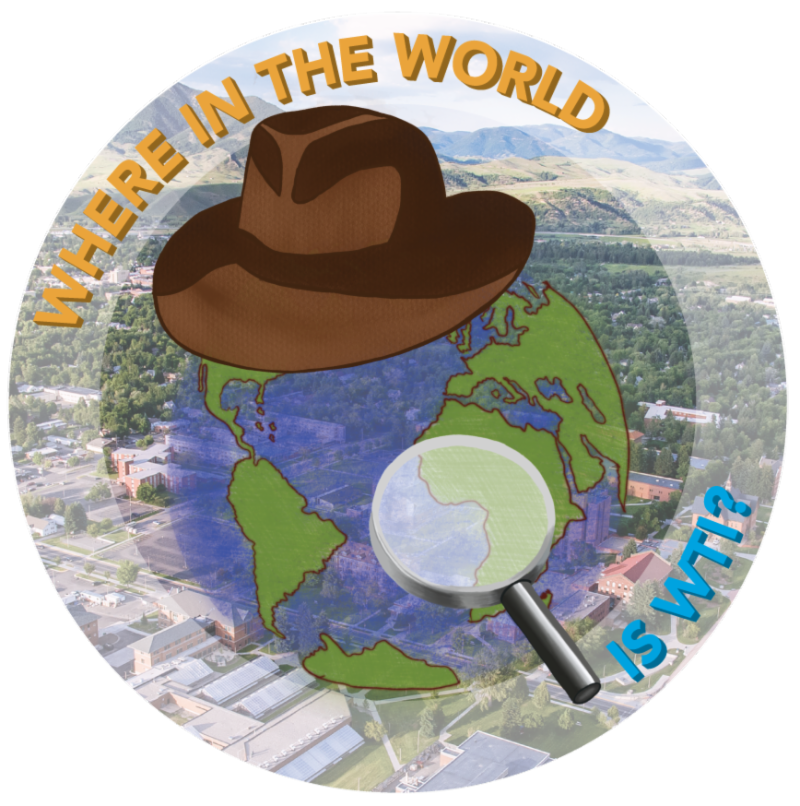
In 2015, WTI’s Small Urban and Rural Livability Center and West Region Transportation Workforce Center embarked on a collaborative project with partners from the Russian University of Transport (RUT), the Russian Federation’s largest university focused on transportation science and engineering. The project assessed and shared education and training resources to foster accessible transit services in […]
NEW REPORT: What is the Impact of a Local Gas Tax in Montana?
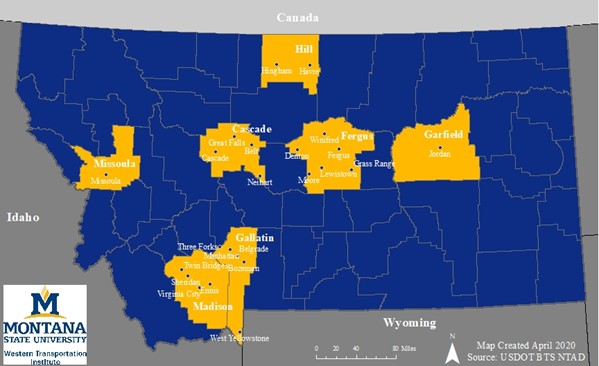
As one source of funding for transportation projects, the federal government and all states place a tax on fuel purchases. However, at the local and regional level, authorization and use of fuel taxes vary widely. In Montana, for example, state law has authorized a local option gas tax since 1979, but it has not been […]
In the News: Humboldt County Transit Study Collecting Public Input
The Redheaded Blackbelt, a local online news outlet in Northern California, has published a feature story about a WTI-led transit study that is getting started in Humboldt County. “New Study will Identify Ways to Improve Public Transit in McKinleyville” discusses the project which is currently in a public outreach phase. The overall objectives are to […]
Vermont Travel Study Featured in TRB Newsletter
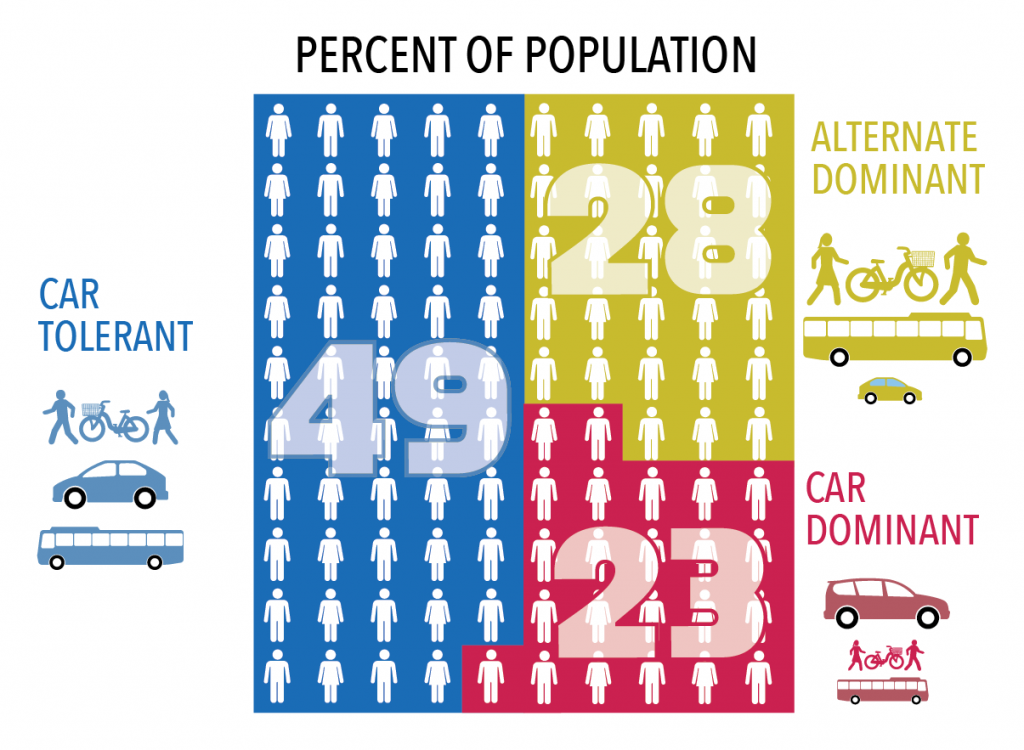
The National Academy of Sciences Transportation Research Board (TRB) is raising awareness of a new WTI study on travel behavior, by highlighting it in its weekly newsletter. Researchers Andrea Hamre and Jonathan Fisher recently completed “Travel Behavior and Transportation Planning Insights from the Small Urban Area of Chittenden County, Vermont: An Application of Traveler Segmentation,” […]
New Facility Ready for Fish Passage Studies
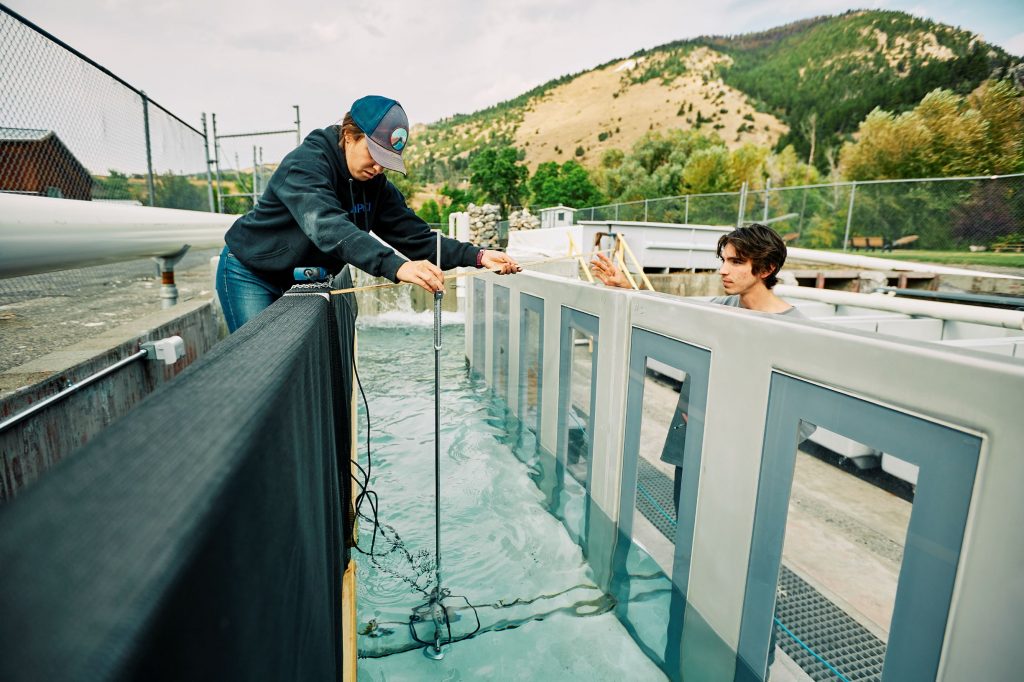
Researchers in Montana have a new tool for designing fish passage structures that meet the needs of both fish and agricultural producers. A feature article by the MSU News Service highlights a recently completed artificial waterway at the U.S. Fish and Wildlife Service’s Fish Technology Center on the outskirts of Bozeman, which researchers can use […]
